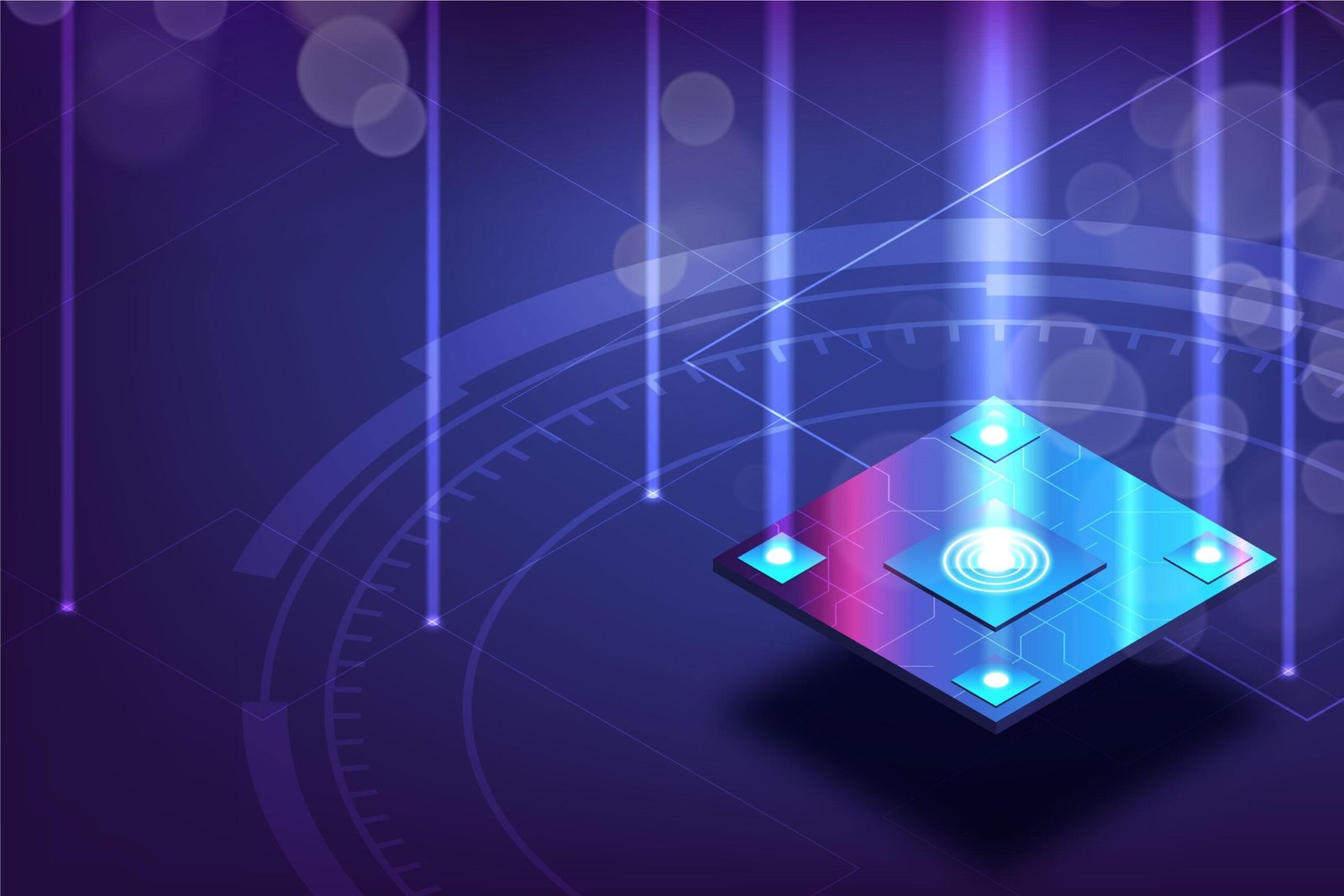
Wifi in schools: why prefer LiFi?
A healthy technology: LiFi, by enabling Internet data transmission through light, provides students with a healthy environment, free of radio frequency waves.

Step by step, LiFi is replacing WiFi in schools, allowing students of all ages to benefit from high-speed Internet access without health risks.
In a few years, the use of the Internet in schools has become an essential educational resource. Educational games, online quizzes, collaborative tools, streaming multimedia content, MOOCs and more: the Internet has opened up the field of possibilities in terms of education. However, WiFi, still mostly used as an Internet connection technology in schools, is proving to be unsuitable for this use and its place in schools is now being questioned.
In light of these new challenges, reinforced by the Abeille law on exposure to electromagnetic waves, it is appropriate to rethink the way in which digital transformation takes place: it is LiFi, a technology for transmitting data by light, which is preparing to reinvent Internet access in schools.
The benefits of LiFi in the school environment
A healthy technology: LiFi, by enabling Internet data transmission through light, provides students with a healthy environment, free of radio frequency waves. They can learn while enjoying the best the digital world has to offer, without worrying about the impact of their resources on their health. Indeed, according to the WHO, the maximum recommended threshold of exposure to radio frequency waves is below 0.6 V/m. LiFi, using the transmission of information by light, has a radio wave emission level equal to 0.
Fast and stable connectivity: With fiber-optic-like throughput and a very low latency individual connection, LiFi makes for smooth and spontaneous learning.
Secure data: Unlike WiFi and radio frequency waves, LiFi light does not pass through the walls of the room in which it is used. As a result, information exchanged over the Internet from a LiFi connection is completely impenetrable and provides children and teenagers with the security that a school setting should offer. This security advantage is coupled with a personal authentication system built into the LiFi key to validate access to the school's network.
A minimal installation for an optimal connection: Only 2 Access Points fixed to the ceiling are needed to cover a 70 m² classroom and offer an ultra-fast individual connection to 32 students.
LiFi vs. WiFi in schools: what impact on pedagogy?
If WiFi has opened the way to the democratization of digital in education, it is now time to give way to a more secure, reliable and stable technology. LiFi brings an uncompromising answer to this problem.
At school, WiFi involves piles of cumbersome and impractical cables, as well as a high latency when several students are connected simultaneously, which often leads to malfunctions and a significant loss of time.
LiFi, on the other hand, allows each individual in an entire classroom of 32 students to work simultaneously with an individual high-speed connection, using a minimal, non-cluttered ceiling installation.
Connectivity through light means expanded pedagogical possibilities: smooth streaming of educational videos on each station, implementation of collaborative tools for exams, interactive games, MOOCs... This simple, stable and fast connection technology allows classes to run smoothly and without hindrance.
LiFi, a response in line with the Abeille law
LiFi, a response in line with the Abeille law
The law n°2015-136 of February 9, 2015, known as the "Abeille" law, relating to sobriety, transparency, information and consultation in terms of exposure to electromagnetic waves, has brought several changes in connection with the issue of WiFi:
- Establishments offering WiFi access to the public (town hall, media library) must clearly mention it by means of a pictogram at the entrance of the establishment.
- In establishments welcoming children under 3 years old, WiFi is forbidden in the areas dedicated to reception, rest and activities.
- Elementary school classrooms equipped with WiFi must turn it off when it is not being used for educational activities.
Faced with this new regulation, which has crystallized the growing questions on the subject of radio waves, LiFi opens new perspectives. Those of an optimal Internet access in schools, for the benefit of students of all ages as well as the teaching staff, without health risks.
Recent articles

Categories
See some more...




